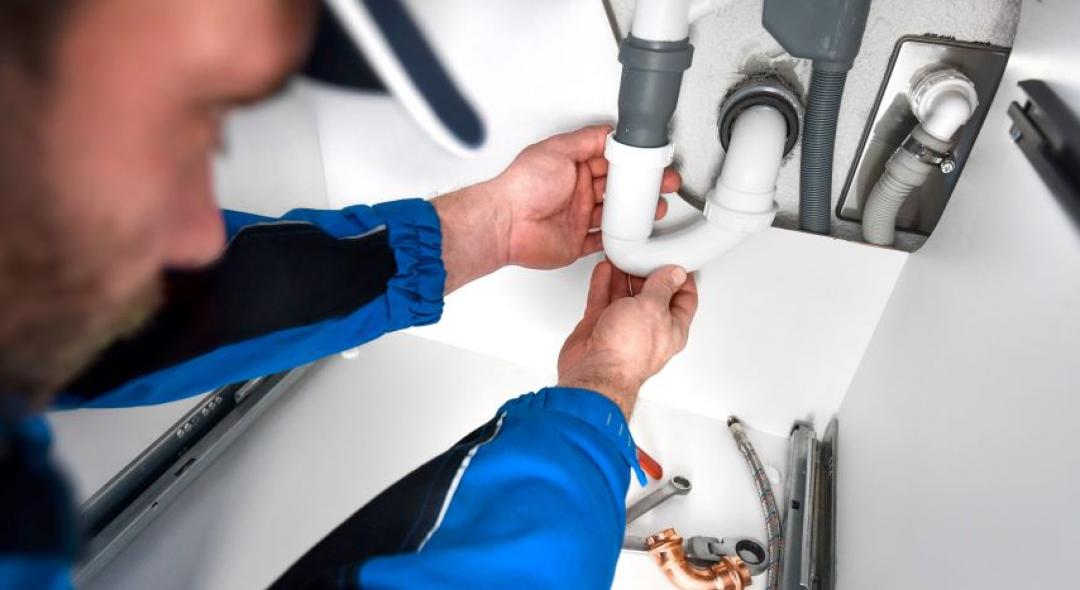Our admiration of the antique is not admiration of the old, but of the natural. -Ralph Waldo Emerson
There are many reasons why you would want to know whether an antique is valuable or not. It can be because you just cleaned your grandmother’s attic, maybe you want to invest in antiques, perhaps because you are vintage online shopping aficionado, or maybe you just want to know what things in your house are worth. Some people are simply looking for antique home decor items to help with them in their apartment living room decorating ideas

Even though people often call stuff from mid-20th century antiques, they are not. Only items 100 years old or older can be called antiques. Some are expensive, but there are affordable antiques; it’s just a matter of digging.
Of course when it comes to value, it is often has several meanings. Antiques and collectables have a relative meaning. The china you inherited from your mother, which she got as a wedding present, may have great value for you no matter what any appraiser says.

You can do business with a dealer, but in that case you have to take into account that the dealer will need to make a profit. Another option is eBay, but in this case the competition is huge if you are looking to sell, and if you are willing to buy it’s imperative that you do so from certified people.
As far as telling if it’s genuine, the first thing that you have to keep in mind is that you should not assume that something is a real antique just because it looks old and it costs a lot. There are tons of reproductions, some even done by big companies as part of their collections.

Having it appraised by a professional is always the best option, but since that isn’t always possible here are a few tips for you to tell before hand whether that beautiful Tiffany lamp you are looking to buy is really old and valuable or something made in a factory ten years ago.
Perceive it

Take a good look at the materials, the way they are composed, the proportions, and the design. Valuable antiques are usually harmonic and made of good quality materials.
Look for Marks

Items made of ceramics, iron, and wood like china, tiles, garden items, and carpentry used to have the maker’s mark, even in pre-Victorian times. In some cases you can even track it online.
Get Your Hands on It

Don’t be shy to pick it up (just be careful). Antiques are usually heavier, to start with. People made pieces out of iron rather than aluminum, carved stone rather than resins. As far as wood, it can be tricky since some of the solid wood used in the past is actually lighter than modern plywood.
Price Is Sometimes Revealing

Although a high price isn’t a guarantee of the item being real, a very low price is definitely suspicious. Make use of your smartphone in order to compare prices on auction sites.
Question the History
Ask as much as you can about the object - who owned it along with how and where it was purchased. Ask the person you are buying from and family or relatives if you inherited it. Also learn how many of it were made, since that will help determine the value.
Do Research
With enough information at hand, go online or to the library and become an expert on the period and region the item was made. People have sold items they had at home for much less than they were worth or bought stuff for much more just because they weren’t aware of their real value.

If you use your time to investigate and don’t get pressed by intimidating sellers chances are you can spot a fake antique by using these hints. In doubt, take the time and if you are really interested in the piece get professional help.
Have you ever bought an antique? How often do you come across antiques you couldn’t tell whether they were real or not? Share your stories or questions in the comments below or through our Facebook page.
